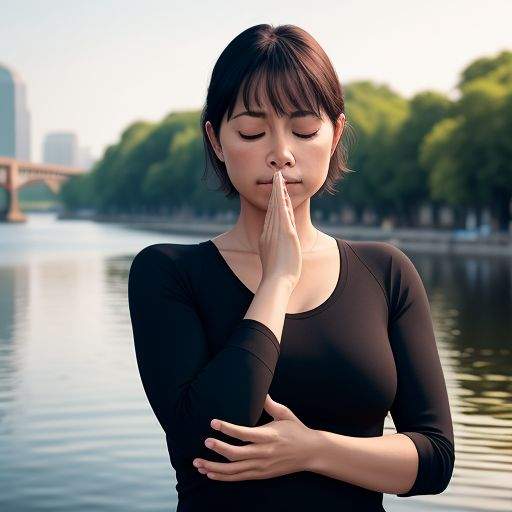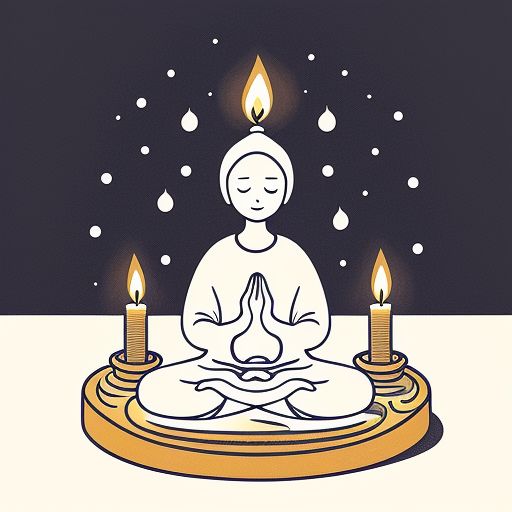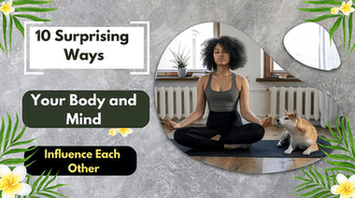The Art & Science of Breathing Pranayama
The Fascination and Study of Pranayama Breathing

Pranayama an aspect of yoga refers to the art of controlling ones breath. Derived from the Sanskrit terms “prana,” which signifies life force or vital energy and “yama,” meaning control or restraint pranayama focuses on regulating the breath to enhance well being—mentally and spiritually.
Understanding Pranayama
Pranayama involves manipulating the breath by emphasizing factors such as inhalation and exhalation duration, depth and rhythm. Its aim is to foster a connection with the breath in order to harness its potential for influencing the mind, body and energy systems.
The Origins of Pranayama
Pranayama holds roots that can be traced back to 3000 BCE in the Indus Valley civilization. It was further developed and systematized in a text called the “Yoga Sutras of Patanjali ” believed to have been written around 200 BCE. Throughout history pranayama has been recognized as a component for well being and self realization.
The Benefits of Pranayama
Engaging in pranayama brings forth advantages for both mental welfare. It facilitates relaxation while reducing stress levels and anxiety. It enhances focus improves function and nurtures a profound connection, with ones inner self.
Understanding how breathing works and its impact, on the body is crucial when exploring the practice of pranayama.
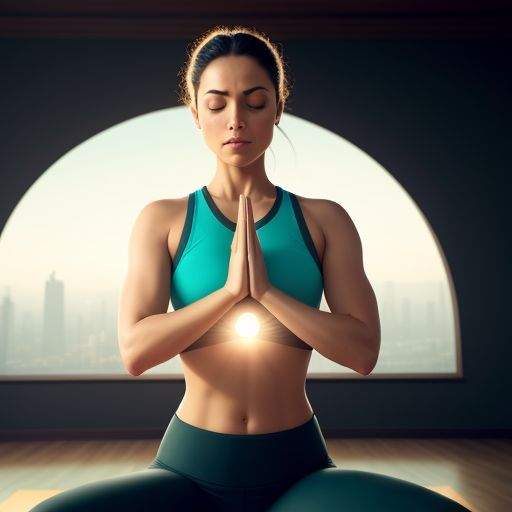
The respiratory system
The respiratory system, which includes the lungs, diaphragm and airways plays a role in exchanging gases like oxygen and carbon dioxide. It helps provide oxygen to our cells and removes waste from our bodies.
When we breathe multiple structures work together. The diaphragm. Contracts, allowing the lungs to fill with air or release it. Other muscles like the muscles also assist in this process to ensure efficient breathing.
Oxygen

Oxygen is essential for sustaining life as it fuels our metabolism. It supports functions such as energy production organ health and optimal cognitive performance. Pranayama techniques focus on maximizing oxygen intake to enhance vitality.
Pranayama encompasses a range of techniques that manipulate the breath. Each technique has effects, on both our physiology and psychology.
One such technique is breathing or belly breathing. Of chest breaths it emphasizes deep inhalations that expand the belly. This technique optimizes oxygen intake promotes relaxation stimulates the vagus nerve (which aids digestion) and reduces stress.
Ujjayi Pranayama
Ujjayi pranayama involves narrowing the throat while breathing in and out. This creates audible breaths that have an effect helping to enhance mental focus and energize the body. It is commonly used during yoga asana practice.
Nadi Shodhana Pranayama
Nadi Shodhana, also known as nostril breathing aims to balance the energy channels, on both sides of the body. By inhaling and exhaling through one nostril at a time this technique harmonizes the system improves concentration and promotes a sense of equilibrium.
Kapalabhati Pranayama

Kapalabhati pranayama involves exhalations with inhalations. This rapid breathing technique stimulates the muscles increases lung capacity clears the mind and purifies the body by eliminating air and impurities.
Bhastrika Pranayama
Bhastrika pranayama often referred to as bellows breath consists of inhalations and exhalations through the nose. By practicing this technique individuals experience heightened energy levels improved focus and enhanced mental clarity.
The Science Behind Pranayama
Understanding the foundations of pranayama provides insights into its impact on physical and mental well being.
How Pranayama Impacts the Body

Practicing pranayama techniques influences aspects of our body such, as nervous system functioning, respiratory health, cardiovascular well being and hormonal balance.
Deep breathing techniques can activate the system promoting relaxation and helping to calm the bodys stress response.
Achieving Balance, in the Autonomic Nervous System
Practicing pranayama can restore balance between the parasympathetic branches of our nervous system. By engaging in controlled breathing exercises we can shift from a fight or flight response to a state of rest and digestion which contributes to well being.
The Role of Pranayama in Reducing Stress
Practicing pranayama techniques helps modulate our bodys stress response by reducing activity in the system and lowering cortisol levels. By cultivating a sense of calmness and centeredness pranayama can alleviate the effects of stress and enhance our resilience.
Alleviating Anxiety and Depression through Pranayama
Research suggests that incorporating pranayama techniques into our routine may help alleviate symptoms of anxiety and depression. These techniques improve regulation increase Production of feel neurotransmitters and reduce excessive activation in the sympathetic nervous system. Pranayama offers an complementary approach to managing health.
Mastering Pranayama Techniques
To reap benefits from pranayama practice it is important to master the techniques through posture, mental preparation and a gradual approach.
Finding an Optimal Posture
Maintaining a posture that’s stable—such as sitting cross legged or on a chair, with a straight spine—optimizes breath control during pranayama practice. Proper alignment supports energy flow while facilitating expansion of lung capacity.Preparing the Mind and Body
Before diving, into pranayama it’s important to develop a sense of calm and focus. Many practitioners begin with relaxation techniques and breathing exercises to settle the mind and create an environment.
Understanding Breath Retention
Some pranayama techniques involve breath retention, which is known as kumbhaka. Gradually incorporating breath retention into your practice strengthens your system builds endurance and boosts energy levels. However it’s crucial to exercise caution and seek guidance from a teacher.
Gradual Progression and Caution
Pranayama is a discipline. Starting with techniques before advancing allows your body to adapt and reduces the risk of any negative effects. It’s essential to pay attention to your bodys signals and be cautious when exploring practices.
The Connection between Pranayama and Meditation
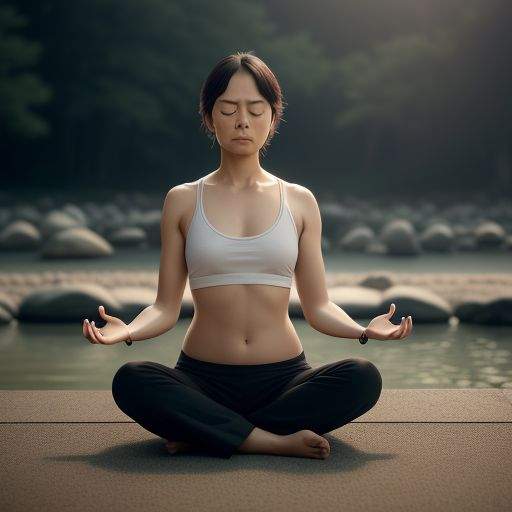
Pranayama and meditation are closely linked, with pranayama serving as a tool to deepen the experience.
Enhancing Your Meditation Practice with Pranayama
Practicing pranayama techniques prepares both mind and body for meditation by calming chatter and regulating energy. Incorporating pranayama into meditation rituals facilitates a smooth transition into a tranquil state of focus.
Cultivating Calmness of Mind and Focused Thinking
Engaging, in pranayama cultivates mindfulness allowing individuals to observe their thoughts and emotions without judgment.
Increasing self awareness can improve focus bring clarity and eliminate distractions during meditation.
Using Pranayama to Deepen Meditation
Pranayama serves as a bridge connecting the internal aspects of our existence. By using the breath as a point practitioners can journey beyond the body and delve into deeper states of meditation, self discovery and spiritual growth.
Exploring Advanced Pranayama Techniques
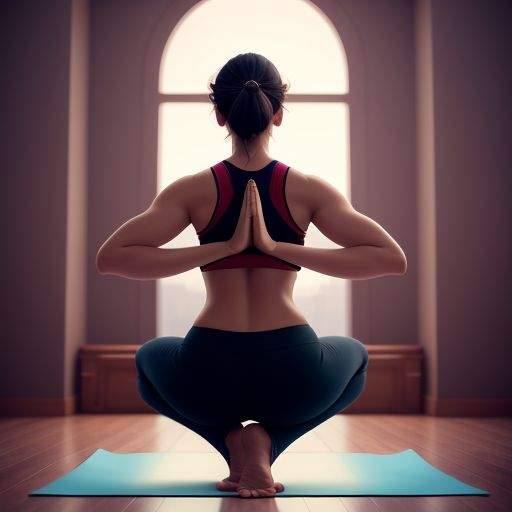
For those, with experience in pranayama advanced techniques provide opportunities for self exploration and manipulation of energy.
Surya Bhedana Pranayama
Surya Bhedana pranayama involves inhaling through the nostril and exhaling through the nostril. This invigorating technique activates the system generates vital warmth within the body and stimulates solar energy.
Chandra Bhedana Pranayama
In contrast, to Surya Bhedana pranayama Chandra Bhedana emphasizes inhaling through the nostril and exhaling through the nostril. This cooling technique soothes the system induces a sense of calmness and aligns practitioners with energy.
Sheetali Pranayama
Sheetali pranayama involves inhaling through a rolled tongue or pursed lips to allow air to pass over the palate. This refreshing practice lowers body temperature relieves thirst and reduces heat in the system.
Shitkari Breathing Technique
Similar, to Sheetali breathing technique Shitkari involves inhaling air through the teeth which creates a hissing sound. This practice helps in cooling the body calming the mind and soothing the system making it particularly beneficial during weather or when feeling agitated.
Incorporating Breathwork into Everyday Life
To experience the benefits of breathwork beyond practice integrating it into aspects of daily life can enhance overall well being.
Including Breathwork in Morning Rituals
Starting your day with breathwork revitalizes the mind, body and spirit. Even dedicating a few minutes to breathing exercises like focusing on breaths or practicing ujjayi pranayama can set a positive tone for the day ahead enhancing focus and reducing stress.
Boosting Energy and Focus with Breathwork
Feeling tired or mentally scattered? Incorporating short breathwork sessions throughout the day such as Nadi Shodhana or Bhastrika techniques provides a way to recharge yourself improve clarity and increase productivity.
Breathwork to Improve Sleep Quality
Relaxation can be achieved by using breathwork techniques like practicing ujjayi breathing or exhaling slowly. aid in getting your body and mind ready for sleep.
Engaging in pranayama exercises before going to bed can help promote an rejuvenating sleep contributing to sleep quality.
Pranayama and Physical Well being
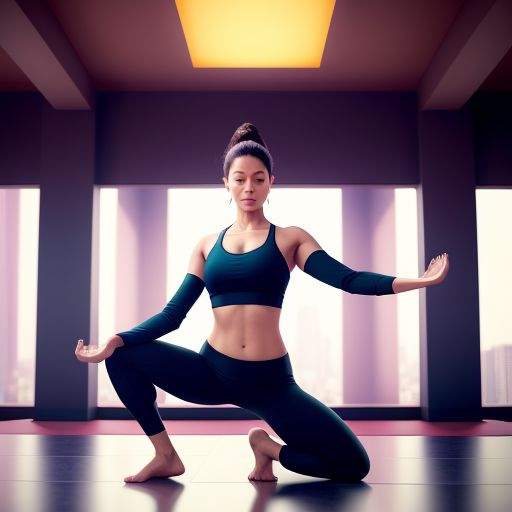
In addition, to its positive effects on mental and spiritual wellness practicing pranayama also has a significant impact on physical health.
Pranayama for Respiratory Conditions
Pranayama techniques provide a approach for managing respiratory disorders like asthma, bronchitis and allergies. These practices strengthen the muscles involved in breathing improve lung function and encourage a breathing pattern.
Enhancing Cardiovascular Health
pranayama practice is beneficial for well being as it helps reduce blood pressure improves oxygen supply to the body and enhances blood circulation. By slowing down the breath rate it also promotes a response from the sympathetic nervous system which is vital for maintaining heart health.
Strengthening the Immune System
Through stimulating the system and aiding in detoxification processes pranayama supports function. Specific techniques like Kapalabhati or Bhastrika pranayama increase oxygen levels in the blood. Strengthen the bodys response thereby fostering overall vitality and well being.
The Spiritual Dimension of Pranayama
Pranayama has profound roots that hold significance within yogic philosophy and personal growth.
Connecting with Breath and Inner Self
Practicing pranayama encourages individuals to establish a connection, with their breath as a means of accessing their nature and inner self.
By focusing on our breath we can develop a sense of unity go beyond our ego and embark on a journey, towards self discovery.
The Importance of Pranayama in Yoga Philosophy
In the philosophy of yoga pranayama is seen as a way to regulate the life force and ensure its flow through the energy channels called nadis. When we balance our prana through pranayama practices it brings harmony to our energetic and mental aspects leading us to a state of well being.
The Role of Pranayama in Awakening Kundalini Energy
Pranayama plays a role in awakening and channeling Kundalini energy—the spiritual energy located at the base of our spine. Through pranayama techniques we can facilitate the awakening and upward movement of this transformative energy, which brings about enlightenment and an expanded awareness.
Safety Precautions for Pranayama Practice
While pranayama offers benefits it is important to approach it with mindfulness and respect for our limitations and health conditions.
Seeking Guidance from Qualified Teachers
To receive guidance and personalized instruction it is advisable to consult a pranayama teacher or yoga instructor. They can offer modifications for your needs while ensuring technique and addressing any concerns or questions you may have.
Health Considerations, with Pranayama
If you have existing respiratory or cardiovascular conditions it is essential to exercise caution and consult with a healthcare professional before engaging in pranayama practices.Safety and the avoidance of complications may require adjustments or alternative approaches.
Pranayama and Pregnancy
During pregnancy certain pranayama techniques may not be recommended. It is essential to consult with a yoga instructor or healthcare to determine safe and appropriate practices that benefit both the mother and babys well being.
The Future of Pranayama Research
Despite its origins scientific research, on pranayama is growing, leading to discoveries and potential applications.
Scientific Studies on Pranayama
studies are investigating the physiological and psychological effects of pranayama. These studies shed light on its effectiveness in reducing stress, managing pain enhancing function and promoting well being. They continue to unveil the potential of pranayama as a tool.
Advancements in Breathwork Research
In years advancements in breathwork research have deepened our understanding of the relationship between breath and the mind body connection. Cutting edge technologies and interdisciplinary collaborations offer opportunities for exploration and insights into the profound impact of pranayama.
The Potential Applications of Pranayama
As scientific research progresses it becomes evident that pranayama extends beyond yoga and meditation. Its integration, into healthcare, psychotherapy, athletic performance enhancement well as stress management programs showcases the broad reaching influence of this ancient practice.
Pranayama is a practice that holds benefits, for our well being encompassing the physical, mental and spiritual aspects of our lives. By utilizing techniques individuals can experience heightened relaxation, reduced stress levels, improved function increased self awareness and enhanced meditation journeys.
Frequently Asked Questions (FAQs)
Can anyone practice Pranayama?
Pranayama is suitable, for people of all ages and fitness levels. However it is important for individuals with health concerns to receive guidance to ensure appropriate practices.
How frequently should someone perform pranayama?
Depending on needs and lifestyle, pranayama sessions should be performed frequently. An option is to begin with a minute each day and increase the duration gradually. To get the benefits over the long run, consistency is essential.
Are there any side effects of Pranayama?
When practiced mindfully and using technique pranayama is generally safe. However some individuals may experience lightheadedness, dizziness or anxiety if they exceed their limitations. Consulting a teacher and listening to the bodys signals can help alleviate issues.
Can Pranayama assist with weight loss?
While pranayama alone may not directly lead to weight loss it can indirectly support a lifestyle by reducing stress promoting mindfulness and enhancing well being.
Thank you happy Learning!
Health-related books References-
Learn More- Soothing Paths to Peace: A Journey Through Backroad Wellness in Cambridge, Ohio
Learn More- Unlock Weight Loss Success with Alpine Ice Hack Method
Learn More about – A Deep Dive into Coastal Wellness
Learn More– Sip to Serenity: Exploring Top 21 Herbal Teas for Relaxation and Healing
Top 10 Indicators You’re, on Track for a Healthy Life
